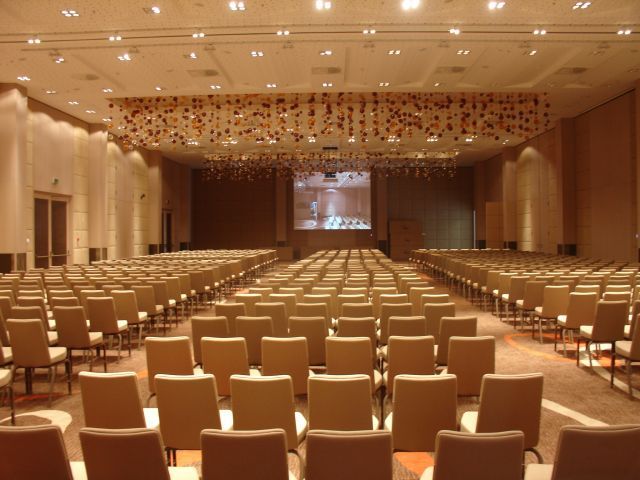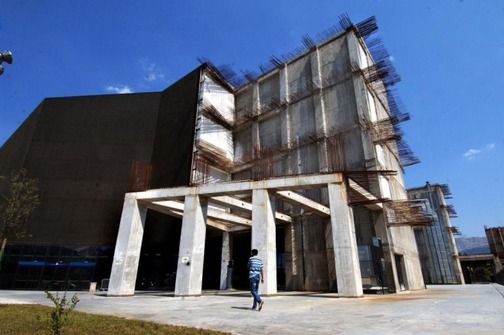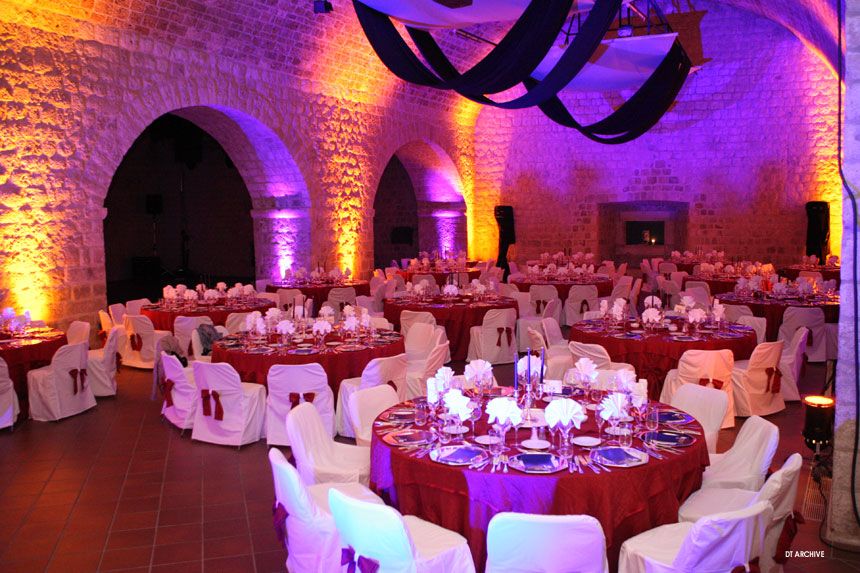What are our strong points, weaknesses, and do we really need large congress centres?
Even though Croatia is recognized and predominantly positioned on a global market as a classic holiday destination with the standard Sun / sea, Eno/ gastro products, in its most popular destinations such as Split, Dubrovnik, Zagreb and Istria and Kvarner region it also has an attractive MICE industry (Meetings – Incentives – Conferences – Exhibitions) offer. However, this particular segment of our tourism is often overlooked by both the Ministry of Tourism and the Croatian National Tourist Board even though hotel groups and tourism subjects have invested a significant amount of money to raise the level of quality.

Maybe the reason for this apparent lack of interest from the institutions lies behind the fact that MICE tourism currently only brings in 5% in terms of numbers. But then we have to look at some other figures and compare the average daily spending habits of classical tourists and business guests. While our classical tourists spend around 58 euro a day, meeting / incentive guests spend anywhere from 200 to staggering 1000 euro a day depending on the purpose of their trip. And if we already know that, for instance, US companies alone spend 77 billion dollars (yes billions, it’s not a typo) on the organization of congresses, incentives and team buildings, we really have to ask ourselves – are we really taking a large enough piece of this cake?
So, what’s holding us back, why are the relevant Ministries and institutions looking away and when are we going to start presenting this tourism segment as one of the most potent tourist products in order to start achieving some serious results, I asked Mario Šerić, director of Marcon Consulting, the first person I go to when I want accurate data and newest global tourism trends given that he’s worked all over the world for national tourist boards and hotels alike.
What I can say for certain is that 15 years ago both the Ministry and HTZ recognized the importance and market potential of this segment; it was even included in the strategic marketing plan from the year 2000. But from what I was able to observe, nothing was ever implemented, nothing much was done and we even dismissed our Central meetings and incentives office within the National Tourist Board in 2013. This was a very important service for all business subjects involved in the meetings industry.
50% of the potential lies in congresses and I would say that the other 50% lies in incentives given that Croatia is a country with beautiful nature and has a vast number of unique event locations which is what organizers are looking for.
As a consultant, you’ve advised numerous national tourist boards and organizations, hotels and other tourism subjects all over the world so you were able to get acquainted with their offer, Can you give us a comparison? What are our advantages, shortcomings and what can we do to capitalize on our potential?
As far as I am concerned, Croatia’s biggest advantage is its natural beauty, its cultural and historical sites, including UNESCO heritage sites, and the all-round ambiance of hosting a business related event is such a rare combination of intact nature and rich historical heritage.
Then, we have a large number of great event locations for all purposes whether we are talking about gala dinners, parties, team buildings or something similar: here I predominantly think of Dubrovnik, Split, Zagreb, Opatija. Rovinj and of course Hvar for smaller events.
And then we have to list our disadvantages. Absolutely and undoubtedly the lack of direct flights out of season, especially during winter months since this is the period when most congresses are organized. What I do think we need, on a national level, is a centralized service to help all private subjects and destinations package and promote this product on the global market.
To build or not to build, that is the question?
For several years now, both on local and national level, we’ve been hearing that, in order to achieve greater results, we have to build large congress centres. We seem to be forgetting that almost 75% of all business related events are organized for groups of up to 500 participants, 1000 max. So, Mr. Šerić, do we really need those big flashy congress centres and new (substantial) investments or should we concentrate on selling and promoting our existing capacities?
I believe we should concentrate all our efforts on promoting and filling up what we already have and then, after we build our market position, we can start thinking about developing new congress centres. And even when we get to that point, we shouldn’t be looking at large scale venues, instead we should construct mid size centres as multi-functional projects that would include before mentioned congress facilities, exhibition areas, museums, shops, restaurants and so on. Croatia has great potential to fill up the capacities that already exists and that are currently half empty in pre and post season, and only after that market is elevated to a desirable level can we even begin to think about new centres but even then we should never strive to compete with Vienna, Barcelona, New York or Paris. We have to be competitive in the Mediterranean and with these mid-sized multipurpose centres that is exactly what we will be.

The never completed Spaladium Arena...another object we just had to have...
In the summer of 2013, during its reconstruction process, the Croatian National Tourist Board dismissed its congress and incentives office. It all honesty, its dismissal was not really reflected in final numbers which gives us a clear picture of how effective it was while it existed. According to the only serious survey about congress tourism conducted by specialized portal Poslovni Turizam (Business tourism) which included all subjects involved in this industry (DMCs, event managers, M.I.C.E teams from hotels across the country, sales managers, etc.), Everyone wants this office to be reinstated, but in a very different shape and form than before. So, we are asking the Editor in Chief of Poslovni turizam, Daniela Kos, what would be the role of this new office, what will be expected of it and what other interesting results were revealed by this survey.
There’s still a lot of room for improvement. Most people we surveyed pointed out two major disadvantages in our M.I.C.E segment. An equal number (42% of them) stated the lack of direct flights and insufficient advertising and branding on international markets as our biggest faults. So, when we talk about advertising, lobbying and branding, we come to the subject of a central Congress and Incentive office. Its main task should be to strategically promote our congress offer on the international market of congress organizers through ad campaigns, expo presentations, workshops and so on. We have to be fair and say that some of these activities are still being conducted by the Croatian National Tourist Board but most of the people we surveyed state that these activities are not sufficient and 75% of them want the reinstatement of the central office. But since promotion, main task of the former central office, was only fourth on the list of priorities of our interviewees, , it is clear that any new office would have to concentrate on things such as gathering all relevant factors in the congress industry, coordination on the international market, lobbying activities within large organizations in order to attract large events to Croatia and most of all, and unfortunately this has not yet been defined, they want the development and implementation of a clear development strategy.

After all this, and after constant announcements from the CNTB that all Tourist Boards will be restructured to act as Destination Management Organisations (even though most of them still don’t know the meaning of this term), all we can do is hope that congress tourism will finally get the spotlight and attention it deserves and that in the near future we won’t just talk about its potential but see concrete results in terms of arrivals, overnights and of course, revenues.


